Table of Contents
First Aid Tips for Machinery Injury Emergencies
Machinery injuries can happen in an instant, leading to serious consequences for workers. Knowing how to respond quickly and effectively is crucial. This article provides essential first aid tips for machinery injury emergencies, including how to recognize common injuries and immediate actions to take. Readers will learn basic first aid techniques and understand the importance of having a well-stocked first aid kit. By preparing for potential injuries, individuals can help ensure safety and well-being in the workplace while also navigating their legal obligations following an incident.
Recognizing Common Machinery-Related Injuries
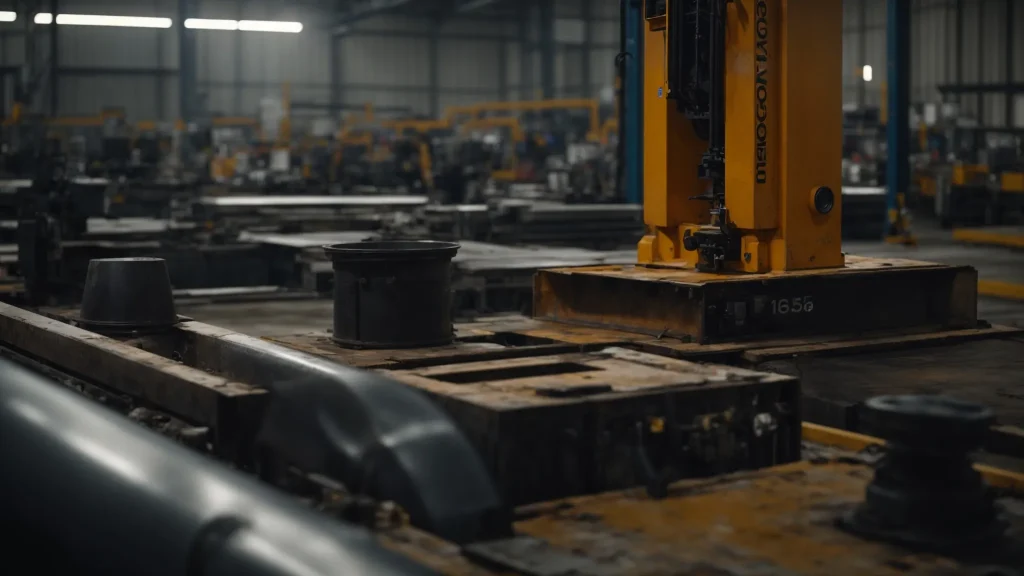
Recognizing the various types of **construction site injuries** caused by machinery is essential for effective incident management and preventing workplace injuries. This section covers how to identify serious symptoms, assess the severity of injuries, and conduct a **work comp evaluation** to differentiate between minor and major injuries. Understanding these elements can significantly enhance safety protocols, helping to prevent occupational hearing loss and improve emergency responses, including the proper use of a fire extinguisher.
Identifying Types of Injuries Caused by Machinery
Identifying types of injuries caused by machinery is vital for risk assessment and ensuring the safety of workers. Common injuries include work-related bone fractures, which often occur from falling equipment or crush incidents, as well as workplace electrocutions that can arise from contact with energized machinery. When individuals are injured by machinery at work, recognizing the nature of their injuries aids in determining the appropriate response and whether immediate medical attention from a physician is necessary.
Understanding Symptoms of Serious Injuries
Recognizing symptoms of serious injuries in employees following a machinery-related incident is crucial for effective first aid and ensuring timely medical intervention. Symptoms such as severe pain, significant bleeding, or loss of consciousness indicate an urgent need for professional medical assistance. In a constructionworkplace, understanding these signs empowers coworkers to respond swiftly, potentially saving the life of an injured individual and minimizing long-term impacts on their health.
Assessing the Severity of an Injury
Assessing the severity of an injury following a machinery accident is essential for ensuring prompt and appropriate medical intervention. Workers should be trained to evaluate observable signs, such as the extent of bleeding or the ability to move injured limbs. Proper assessment not only assists in determining the necessary first aid measures but also aids in filing accurate workplace injury claims, which can be crucial for managing stress-related claims due to the emotional toll of injuries sustained at work.
Differentiating Between Minor and Major Injuries
Differentiating between minor and major injuries in the context of a machinery accident is critical for an injured employee‘s well-being and subsequent health care. Minor injuries, such as small cuts or bruises, may not require immediate intervention beyond basic first aid, allowing for the person to continue working. In contrast, major injuries, like severe bleeding or fractures, necessitate urgent attention as part of an emergency preparedness plan, ensuring that the injured party receives prompt medical assistance to mitigate further health risks.
Immediate Actions to Take Following a Machinery Injury
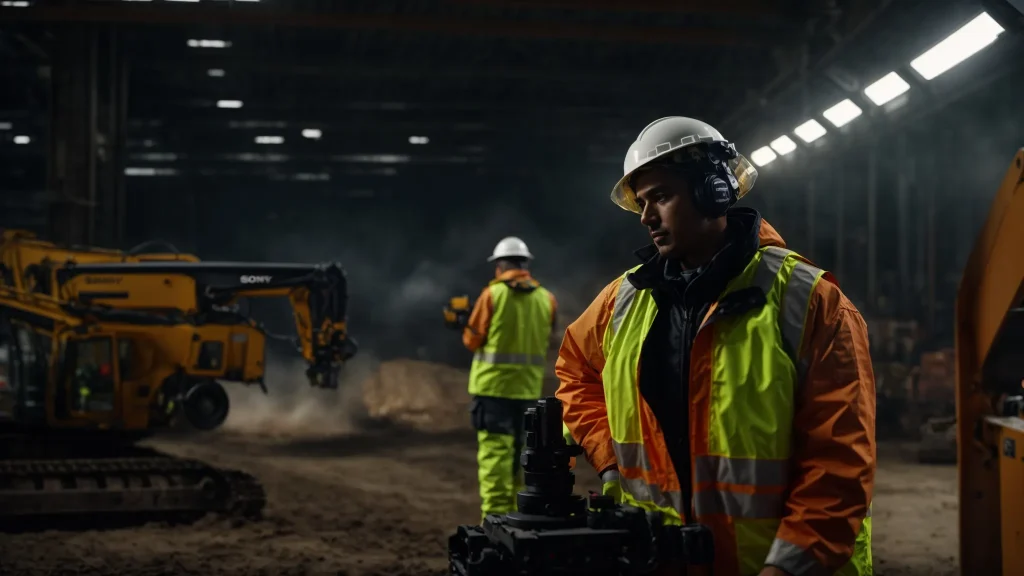
In the event of a machinery injury, immediate actions are crucial to ensure occupational safety and health. First, individuals must secure their own safety before assisting the injured worker. Next, calling for professional medical assistance is essential. An initial assessment of the injured individual helps determine the seriousness of cuts and lacerations at work, while stabilizing the injured area prevents further harm. Finally, clear communication of incident details to first responders is vital for effective response and care.
Ensuring Personal Safety Before Providing Help
Before assisting an injured worker, ensuring personal safety is paramount to prevent further harm or additional workplaceinjuries. It is essential for individuals to assess the scene for any ongoing risks, such as exposed machinery or hazardous materials. Only after establishing a safe environment should one approach the injured worker, thereby enabling effective first aid while minimizing the risk of becoming a victim themselves, which could complicate the workers’ compensation process if more injuries occur.
Calling for Professional Medical Assistance
When a machinery injury occurs, promptly calling for professional medical assistance is essential to ensure the injured worker receives the necessary care. Providing clear and concise information about the nature of the injury, the location, and any visible symptoms can significantly enhance the response from medical personnel. This proactive approach not only safeguards the health of the injured party but also streamlines the process of filing necessary workers’ compensation claims, reducing stress during an already challenging time.
Performing Initial Assessment of the Injured Individual
Performing an initial assessment of the injured individual after a machinery accident is a critical step in first aid. It involves observing visible injuries such as cuts, bruises, or fractures and assessing the individual’s responsiveness. This evaluation informs the type of care needed and whether immediate medical assistance is required, ensuring that the injured party receives appropriate attention while also streamlining the subsequent workers’ compensation claim process.
Stabilizing the Injured Area to Prevent Further Harm
Stabilizing the injured area is a critical step in managing a machinery-related injury and preventing further harm. Applying gentle pressure to control bleeding, if present, and immobilizing any suspected fractures or dislocations are essential actions that assist in reducing movement and discomfort. This will not only protect the injured individual from exacerbating their condition but will also facilitate more effective medical treatment upon arrival.
Communicating Details of the Incident to First Responders
Effectively communicating details of the incident to first responders can significantly impact the care an injured worker receives. Key information such as the nature of the injury, the exact location of the incident, and any visible symptoms should be relayed clearly and concisely. This proactive communication not only assists medical personnel in preparing for the specific type of care required but also ensures that workers’ compensation claims can be processed efficiently during the recovery phase.
Basic First Aid Techniques for Machinery Injuries

Effective first aid techniques are crucial when addressing machinery injuries. This section covers how to control bleeding, treat burns from machinery, manage lacerations and cuts, and address crush injuries carefully. Additionally, it includes guidelines for providing CPR when necessary. Each topic offers practical insights to ensure injured workers receive timely and appropriate care, ultimately supporting their recovery process.
Controlling Bleeding Effectively
Controlling bleeding effectively is crucial in machinery injury emergencies, as prompt action can prevent further complications. To manage bleeding, one should apply direct pressure to the wound using a clean cloth or bandage, being careful not to remove any embedded objects. If bleeding persists, elevating the injured area above the heart can help reduce blood flow, making it an essential technique in managing severe cuts or lacerations encountered in the workplace.
Treating Burns From Machinery
Treating burns from machinery requires prompt and careful action to minimize damage and promote healing. First, the affected area should be cooled by running it under cool water for at least 10 to 20 minutes; this helps to soothe the pain and reduce inflammation. Avoid applying ice directly to the burn, as it can worsen tissue damage. After cooling, cover the burn with a sterile, non-stick bandage to protect it from infection while seeking professional medical assistance if necessary, especially for deep or large burns that may need further evaluation.
Managing Lacerations and Cuts
Managing lacerations and cuts effectively is crucial in machinery injury emergencies. To begin, it is important to clean the wound gently with soap and water, removing any debris while avoiding further irritation. Applying a sterile bandage helps protect the injury from infection and promotes healing; it is also essential to monitor for signs of infection, such as increased redness or swelling, and to seek professional medical assistance if these symptoms arise.
Addressing Crush Injuries With Care
Addressing crush injuries requires careful attention and a calm approach to ensure the best possible outcome for the injured worker. First, it is essential to assess the situation and safely remove any weight or pressure causing the injury, if feasible without risking further harm. Following this, immobilization of the injured area is crucial, as excessive movement can exacerbate damage and pain; applying a splint can help stabilize the injury until professional medical help arrives. Prompt action can reduce complications and aid in a smoother recovery for the individual affected by such an injury.
Providing CPR When Needed
In the event of a machinery injuryemergency, providing cardiopulmonary resuscitation (CPR) is essential when an individual shows signs of cardiac arrest. First responders must ensure the area is safe before approaching the injured worker. Administering CPR involves performing chest compressions and providing rescue breaths if trained, which can be critical in maintaining blood flow and oxygen to vital organs while awaiting professional medical assistance. Recognizing the necessity for CPR and acting swiftly can significantly impact the survival and recovery of the injured party during such emergencies.
Using First Aid Kits and Equipment Knowledgeably
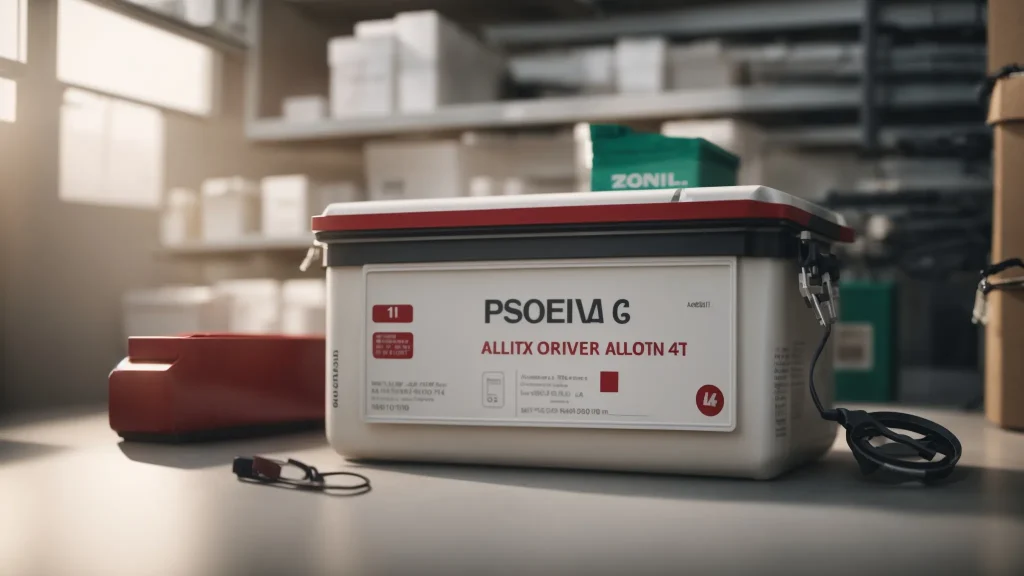
Knowing how to use first aid kits and equipment effectively is vital during machinery injury emergencies. Essential items in the kit, along with their specific purposes, can greatly enhance the response to an injury. Readiness and accessibility of first aid supplies ensure quick action, while training staff on proper use of these tools promotes effective first aid interventions. Each of these aspects contributes significantly to improving safety in the workplace.
Essential Items in a First Aid Kit for Machinery Injuries
Having a well-stocked first aid kit is critical in managing machinery injuries effectively. Essential items include sterile dressings for wounds, adhesive bandages of various sizes, antiseptic wipes for cleaning injuries, and gauze to control bleeding. Additionally, including items like a splint for potential fractures and medical adhesive tape can enhance the response to workplace incidents, ensuring that injured workers receive appropriate care without delay.
Understanding the Purpose of Each Item in the Kit
Understanding the purpose of each item in a first aid kit is essential for effectively managing machinery injuries in emergency situations. For instance, sterile dressings help control bleeding and protect wounds from infection, while adhesive bandages cover smaller cuts and abrasions. Knowledge of these items allows quick and informed responses, ensuring that injured workers receive appropriate care and that safety protocols are upheld in the workplace.
Ensuring Readiness and Accessibility of First Aid Supplies
Ensuring the readiness and accessibility of first aid supplies is vital in responding effectively to machinery injury emergencies. Workplaces should maintain well-stocked first aid kits in easily reachable locations, allowing quick access during urgent situations. Regular checks and training workers on how to locate and utilize these supplies can significantly enhance response times, ultimately minimizing complications and supporting the recovery of injured workers.
Training Staff on Proper Use of First Aid Equipment
Training staff on the proper use of first aid equipment is essential for effectively managing machinery injury emergencies. Workers must understand how to correctly leverage items such as sterile dressings and splints to provide immediate care during critical situations. Regular training sessions not only enhance their confidence but also ensure that they can respond swiftly and correctly, which ultimately contributes to improved outcomes for injured colleagues.
Preventative Measures to Reduce Machinery Injuries
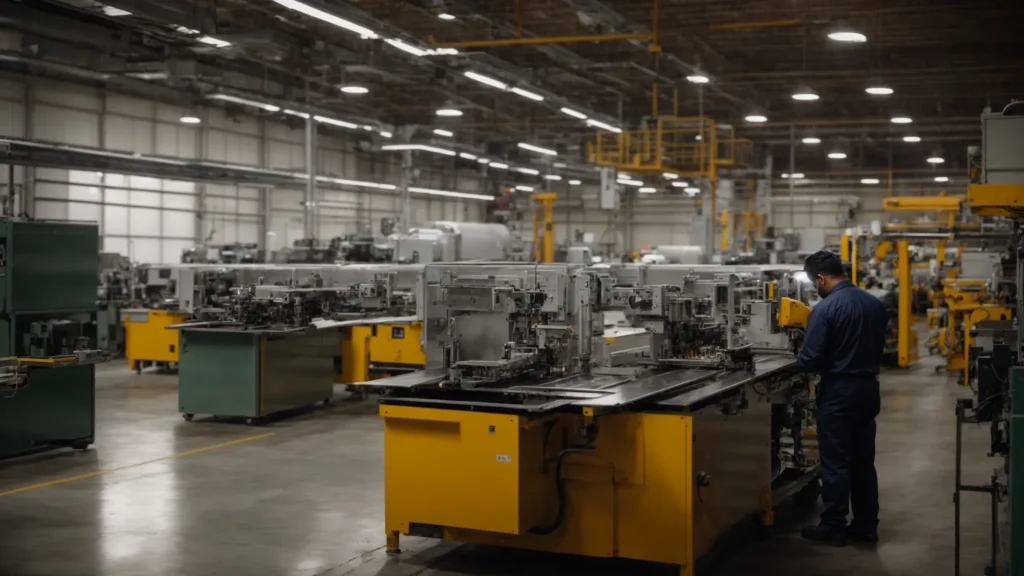
Implementing effective safety protocols in the workplace is essential for reducing the risk of machinery-related injuries. This includes conducting regular training for staff to ensure they understand proper equipment usage, performing routine inspections to identify potential hazards, and establishing clear emergency response plans. Each of these measures plays a crucial role in safeguarding employees and enhancing overall workplace safety.
Implementing Safety Protocols in the Workplace
Implementing safety protocols in the workplace is essential to prevent machinery-related injuries and ensure a safer environment for employees. Regular training sessions on the correct operation of equipment can significantly reduce accidents, as workers become more aware of potential risks and best practices. Additionally, conducting routine safety inspections to identify and address hazards can help maintain compliance with safety regulations, ultimately fostering a culture of safety and responsibility among all staff members.
Conducting Regular Training for Staff
Conducting regular training for staff is essential in minimizing the risk of machinery-related injuries in the workplace. These training sessions should focus on safe equipment operation, hazard recognition, and emergency response protocols, empowering employees to understand their roles in maintaining a safe environment. A workforce well-versed in safety practices not only reduces accidents but also promotes a culture of vigilance, ultimately contributing to more effective first aid responses during machinery injury emergencies.
Performing Routine Equipment Inspections
Performing routine equipment inspections is an essential strategy for minimizing machinery-related injuries in the workplace. Regular checks help identify wear and tear, potential hazards, and necessary maintenance, ensuring that all machinery operates safely and efficiently. By prioritizing these inspections, companies not only comply with safety regulations but also cultivate a proactive safety culture that protects employees from preventable accidents.
Establishing Clear Emergency Response Plans
Establishing clear emergency response plans is vital in preventing and managing machinery injuries effectively. These plans should outline specific procedures for addressing potential incidents, including who to contact for medical assistance and how to communicate details of the injury to first responders. By training employees on these protocols, organizations empower their workforce to act decisively in emergencies, thereby enhancing overall workplace safety and improving outcomes for injured workers.
Legal and Reporting Obligations Post-Injury
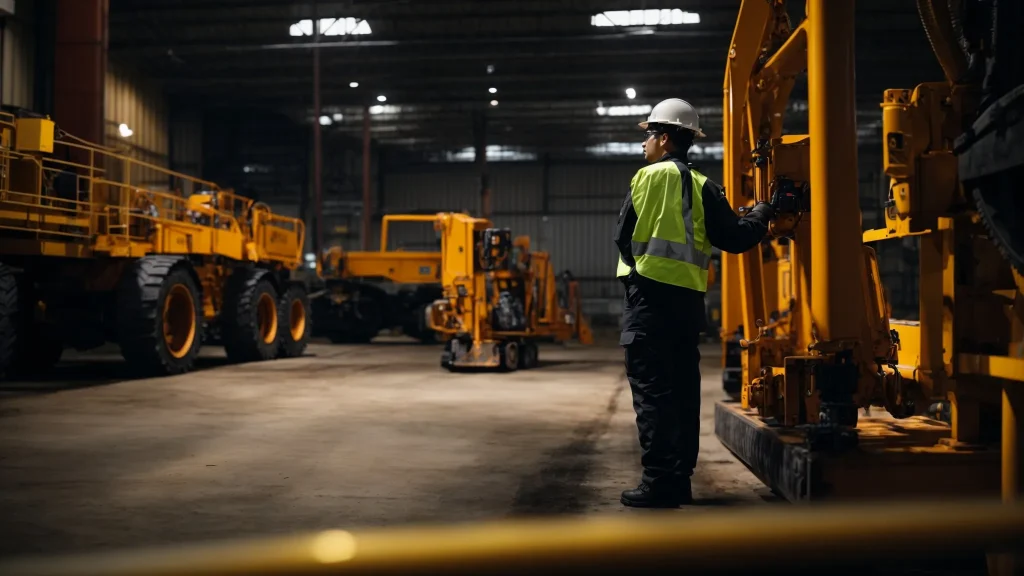
Understanding legal and reporting obligations after a machinery injury is vital for ensuring workplace safety and compliance. This section covers key aspects, including workplace safety regulations, the importance of documenting incidents thoroughly, and adherence to company policies for reporting injuries. Additionally, providing follow-up care and support for affected employees is essential. Learning from these incidents can enhance overall workplace safety practices.
Understanding Workplace Safety Regulations
Understanding workplace safety regulations is essential for maintaining a secure environment for employees and minimizing the risk of machinery-related injuries. Employers must comply with Occupational Safety and Health Administration (OSHA) standards that outline safety measures for operating equipment and ensuring that workers are adequately trained. By adhering to these regulations and documenting incidents accurately, businesses can improve their response to injuries and support the ongoing health and safety of their workforce.
Documenting the Incident Thoroughly
Documenting the incident thoroughly after a machinery injury is vital for legal compliance and effective reporting. Employers should record details such as the date, time, location, and nature of the injury, as well as witness statements and photographs if possible. This comprehensive documentation not only aids in the accuracy of workers’ compensation claims but also helps in identifying any safety violations, contributing to improved workplace safety measures in the future.
Reporting Injuries Per Company Policies
Reporting injuries per company policies is crucial for maintaining workplace safety and ensuring compliance with legal obligations. Following established protocols enables quick documentation of the incident, facilitating accurate reporting and further investigation into the cause of the injury. This process not only supports the well-being of the injured employee by streamlining access to medical care and workers’ compensation benefits, but also allows employers to identify potential safety hazards and improve preventive measures, making the work environment safer for everyone.
Providing Follow-Up Care and Support for Affected Employees
Providing follow-up care and support for affected employees is crucial in promoting recovery after a machinery injury. Employers should implement a system for monitoring the injured worker’s progress, which might include regular check-ins and coordinating rehabilitation services. By fostering an environment that prioritizes ongoing support, companies not only comply with legal obligations but also demonstrate their commitment to employee well-being, ultimately helping workers return to a safe and productive role more effectively.
Learning From Incidents to Enhance Workplace Safety
Learning from machinery-related incidents plays a crucial role in enhancing workplace safety. By conducting thorough investigations into each occurrence, employers can identify contributing factors and implement targeted interventions to prevent similar situations in the future. For example, updating training programs based on incident findings ensures that workers are well-informed about potential hazards, ultimately reducing the risk of injuries and supporting a safer work environment.
Conclusion
First aid tips for machinery injury emergencies are essential for minimizing harm and ensuring timely care. Recognizing the signs of serious injuries, performing initial assessments, and communicating effectively with medical responders can significantly improve outcomes for injured workers. These actions not only support the recovery process but also enhance workplace safety by fostering a proactive approach to emergency preparedness. Prioritizing first aid knowledge equips employees to handle emergencies effectively, ultimately preserving health and well-being in the workplace.



